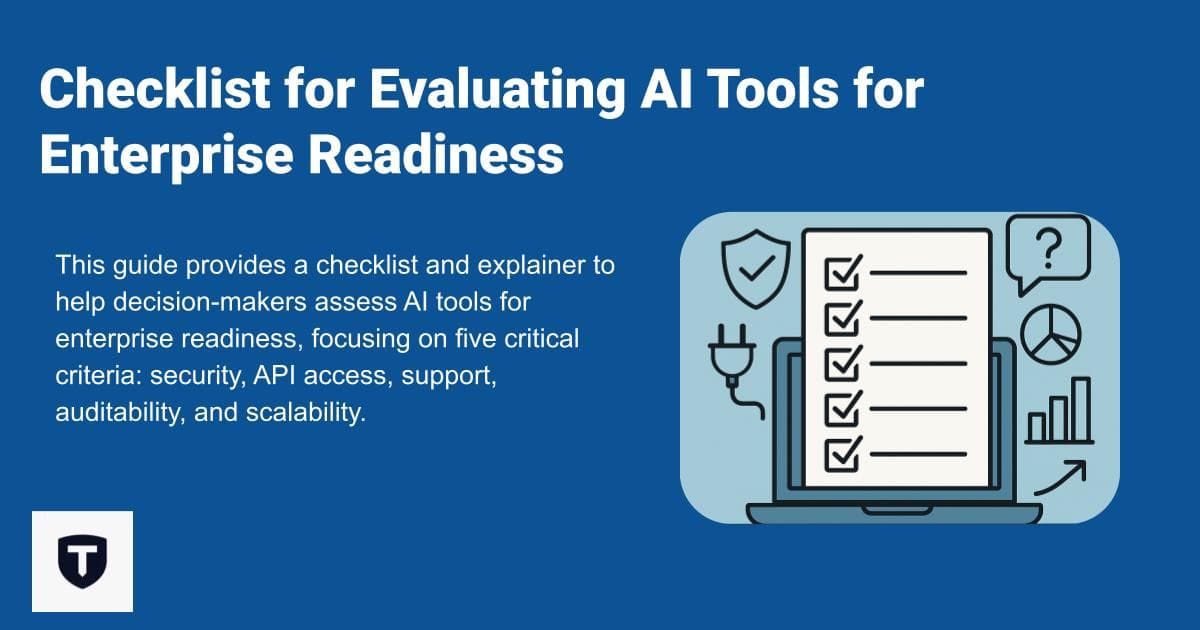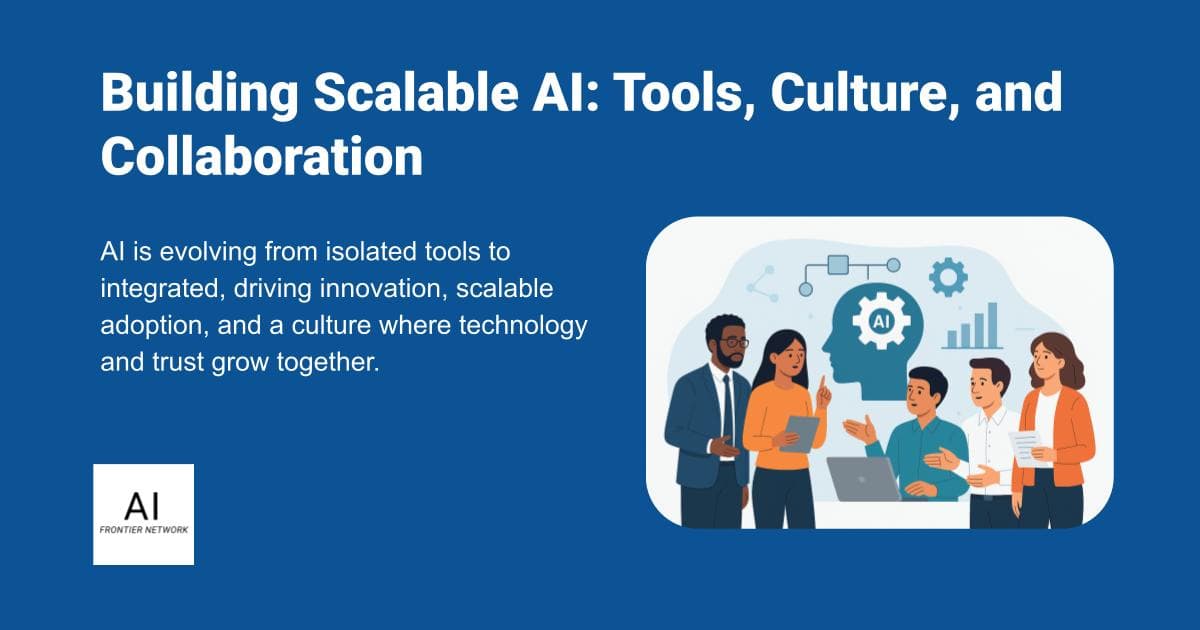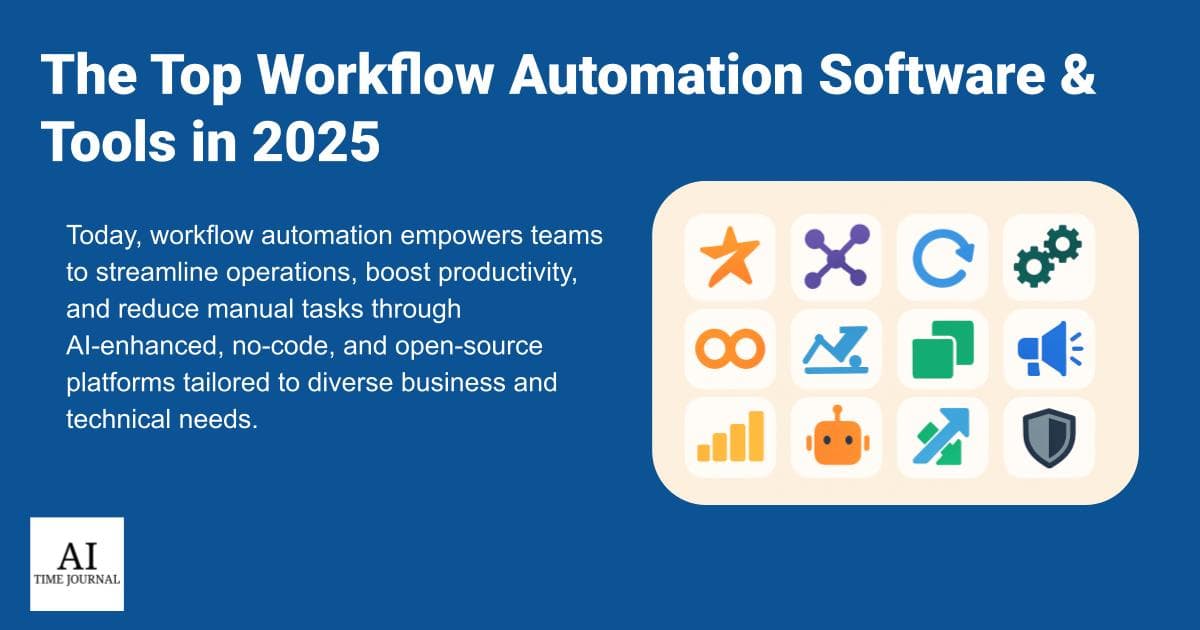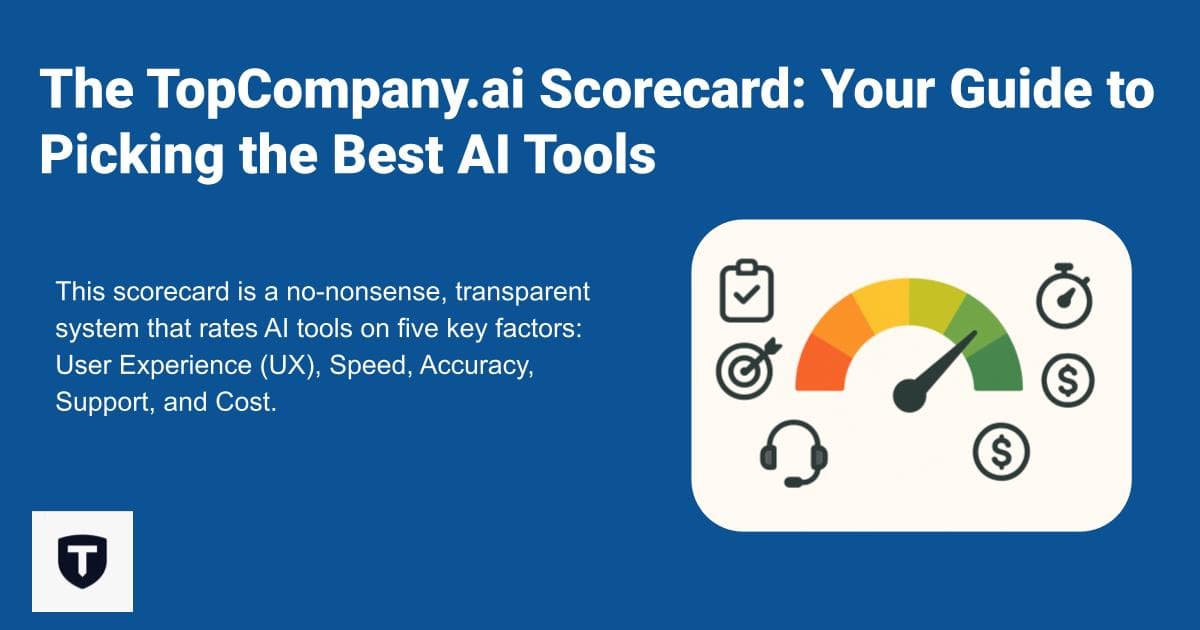Adopting AI tools in an enterprise environment requires careful evaluation to ensure they meet organizational needs for security, scalability, and operational efficiency. This guide provides a checklist and explainer to help decision-makers assess AI tools for enterprise readiness, focusing on five critical criteria: security, API access, support, auditability, and scalability. Each section includes actionable steps and insights drawn from industry standards and real-world practices in 2025.
Why Enterprise Readiness Matters
Enterprise AI tools must:
- Handle sensitive data
- Integrate with existing systems
- Support large-scale operations without compromising compliance or performance
A poorly vetted tool can lead to:
- Data breaches
- Workflow disruptions
- Unexpected costs
This checklist ensures your chosen AI solution aligns with organizational goals and regulatory requirements.
Checklist for Evaluating AI Tools
1. Security
Why It Matters: Enterprises handle sensitive customer, employee, and proprietary data. AI tools must comply with global privacy standards and protect against breaches.
Checklist:
- Compliance Certifications: Verify standards like GDPR, CCPA, HIPAA, SOC 2 Type II
- Data Encryption: Confirm TLS 1.2+ for transit, AES-256+ for data at rest
- Access Controls: Role-based access (RBAC), multi-factor authentication (MFA)
- Data Handling Policies: Ensure opt-out or no-data-training options
- Vendor Security Practices: Request third-party audits or pen-test reports
Example:
Claude (Anthropic) offers GDPR compliance and no-data-training by default. Grok (xAI) supports HIPAA with a BAA and may offer SOC 2 Type II upon verification.
🚩 Red Flag: Limited transparency on encryption/compliance. Always request documentation.
2. API Access
Why It Matters: APIs enable seamless integration into existing tech stacks like CRMs, ERPs, or internal apps.
Checklist:
- API Availability: RESTful APIs or SDKs should be well-documented
- Rate Limits and Quotas: Ensure scalability for enterprise plans
- Customization: Flexible inputs/outputs for custom workflows
- Uptime Guarantees: Look for SLAs with 99.9% uptime or better
- Developer Support: Access to docs, code samples, and forums
Example:
OpenAI’s API supports chatbots, data analysis, and offers SLAs. xAI provides secure enterprise APIs with usage limits discussed on request.
🚩 Red Flag: Undocumented or restrictive APIs. Ask for full developer access materials.
3. Support
Why It Matters: Enterprises need responsive, reliable support for mission-critical deployments.
Checklist:
- Support Channels: Confirm 24/7 access via email, phone, or chat
- Dedicated Account Manager: Included in enterprise plans?
- Response Time SLAs: < 4 hours for urgent issues
- Knowledge Base: Tutorials, FAQs, guides available?
- Community Support: Forums or peer help networks?
Example:
Jasper.ai offers account managers and round-the-clock help. Fireflies.ai provides strong support, but 24/7 must be confirmed.
🚩 Red Flag: No direct vendor support. Avoid tools that rely solely on forums.
4. Auditability
Why It Matters: Transparent AI operations support both internal governance and external regulatory compliance.
Checklist:
- Activity Logs: Track user actions, API calls, and data access
- Output Traceability: Match AI outputs to prompts or inputs
- Compliance Reporting: Built-in audit report generation?
- Data Retention Policies: Configurable for your compliance needs
- Third-Party Audit Support: SOC 2 reports, external audit cooperation
Example:
Perplexity offers logs and compliance features. BuildBetter.ai supports data traceability, but SOC 2 status may need confirmation.
🚩 Red Flag: No logs or retention control. Ask for audit features in demos.
5. Scalability
Why It Matters: Tools must accommodate enterprise growth and workload expansion without slowdown.
Checklist:
- User Scalability: Can handle large teams and high seat counts
- Data Volume: Efficient with large datasets or fast queries
- Performance Metrics: Benchmark results for latency and throughput
- Cloud Infrastructure: Hosted on AWS, Azure, or similar global providers
- Flexible Pricing: Scales with usage or organizational growth
Example:
Grok (xAI) uses scalable APIs and robust cloud infrastructure. Otter handles large team transcription efficiently.
🚩 Red Flag: Laggy performance or rigid pricing tiers. Pilot at scale before committing.
Explainer: How to Apply This Checklist
-
Define Your Needs:
Identify use case (e.g., internal search, content generation) and prioritize criteria (e.g., security for healthcare, API access for development). -
Shortlist Tools:
Select 3–5 candidates using vendor sites, comparison tools, and reviews. -
Request Demos:
Test UX, integrations, and responsiveness.
🔐 Ask for security and auditability documentation. -
Engage Stakeholders:
Include IT, legal, and compliance teams in evaluations. -
Pilot and Scale:
Start small to validate performance and support before full deployment.
Key Takeaways
- Security is foundational. Look for GDPR/SOC 2 compliance and strong encryption.
- API Access enables deep integration. Demand documentation and SLAs.
- Support is mission-critical. Insist on 24/7 availability.
- Auditability supports governance. Logs and reporting are must-haves.
- Scalability ensures future-proofing. Test under real conditions.
Learn more about how to pick up the best AI tools.





